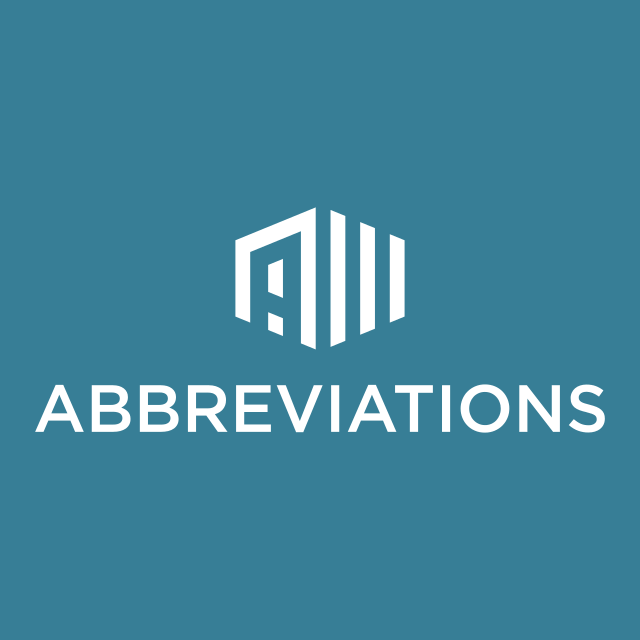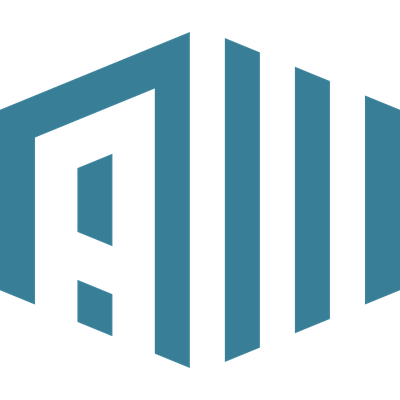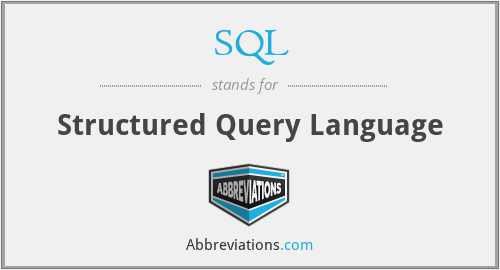What does SQL mean in Software?
This page is about the meanings of the acronym/abbreviation/shorthand SQL in the Computing field in general and in the Software terminology in particular.
Translation
Find a translation for Structured Query Language in other languages:
Select another language:
- - Select -
- 简体中文 (Chinese - Simplified)
- 繁體中文 (Chinese - Traditional)
- Español (Spanish)
- Esperanto (Esperanto)
- 日本語 (Japanese)
- Português (Portuguese)
- Deutsch (German)
- العربية (Arabic)
- Français (French)
- Русский (Russian)
- ಕನ್ನಡ (Kannada)
- 한국어 (Korean)
- עברית (Hebrew)
- Gaeilge (Irish)
- Українська (Ukrainian)
- اردو (Urdu)
- Magyar (Hungarian)
- मानक हिन्दी (Hindi)
- Indonesia (Indonesian)
- Italiano (Italian)
- தமிழ் (Tamil)
- Türkçe (Turkish)
- తెలుగు (Telugu)
- ภาษาไทย (Thai)
- Tiếng Việt (Vietnamese)
- Čeština (Czech)
- Polski (Polish)
- Bahasa Indonesia (Indonesian)
- Românește (Romanian)
- Nederlands (Dutch)
- Ελληνικά (Greek)
- Latinum (Latin)
- Svenska (Swedish)
- Dansk (Danish)
- Suomi (Finnish)
- فارسی (Persian)
- ייִדיש (Yiddish)
- հայերեն (Armenian)
- Norsk (Norwegian)
- English (English)
Definition
What does SQL mean?
- SQL
- Structured Query Language, abbreviated as SQL ( (listen) S-Q-L, sometimes "sequel" for historical reasons), is a domain-specific language used in programming and designed for managing data held in a relational database management system (RDBMS), or for stream processing in a relational data stream management system (RDSMS). It is particularly useful in handling structured data, i.e. data incorporating relations among entities and variables. SQL offers two main advantages over older read–write APIs such as ISAM or VSAM. Firstly, it introduced the concept of accessing many records with one single command. Secondly, it eliminates the need to specify how to reach a record, e.g. with or without an index. Originally based upon relational algebra and tuple relational calculus, SQL consists of many types of statements, which may be informally classed as sublanguages, commonly: a data query language (DQL), a data definition language (DDL), a data control language (DCL), and a data manipulation language (DML). The scope of SQL includes data query, data manipulation (insert, update, and delete), data definition (schema creation and modification), and data access control. Although SQL is essentially a declarative language (4GL), it also includes procedural elements. SQL was one of the first commercial languages to use Edgar F. Codd’s relational model. The model was described in his influential 1970 paper, "A Relational Model of Data for Large Shared Data Banks". Despite not entirely adhering to the relational model as described by Codd, it became the most widely used database language.SQL became a standard of the American National Standards Institute (ANSI) in 1986 and of the International Organization for Standardization (ISO) in 1987. Since then, the standard has been revised to include a larger set of features. Despite the existence of standards, most SQL code requires at least some changes before being ported to different database systems.
Popularity rank by frequency of use
How popular is SQL among other acronyms?
SQL#1#242#12977
Embed
Citation
Use the citation below to add this abbreviation to your bibliography:
Style:MLAChicagoAPA
"SQL." Abbreviations.com. STANDS4 LLC, 2024. Web. 23 Dec. 2024. <https://www.abbreviations.com/term/43413>.



Discuss this SQL abbreviation with the community:
Report Comment
We're doing our best to make sure our content is useful, accurate and safe.
If by any chance you spot an inappropriate comment while navigating through our website please use this form to let us know, and we'll take care of it shortly.
Attachment
You need to be logged in to favorite.
Log In